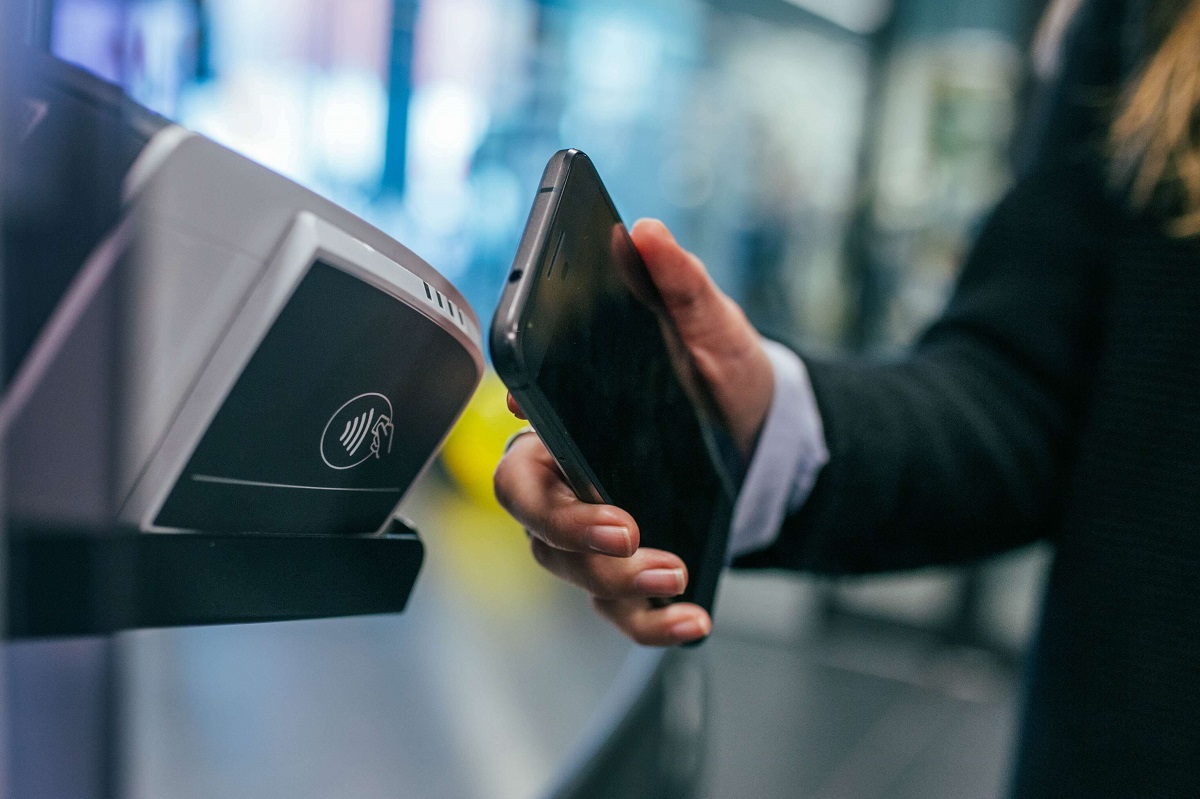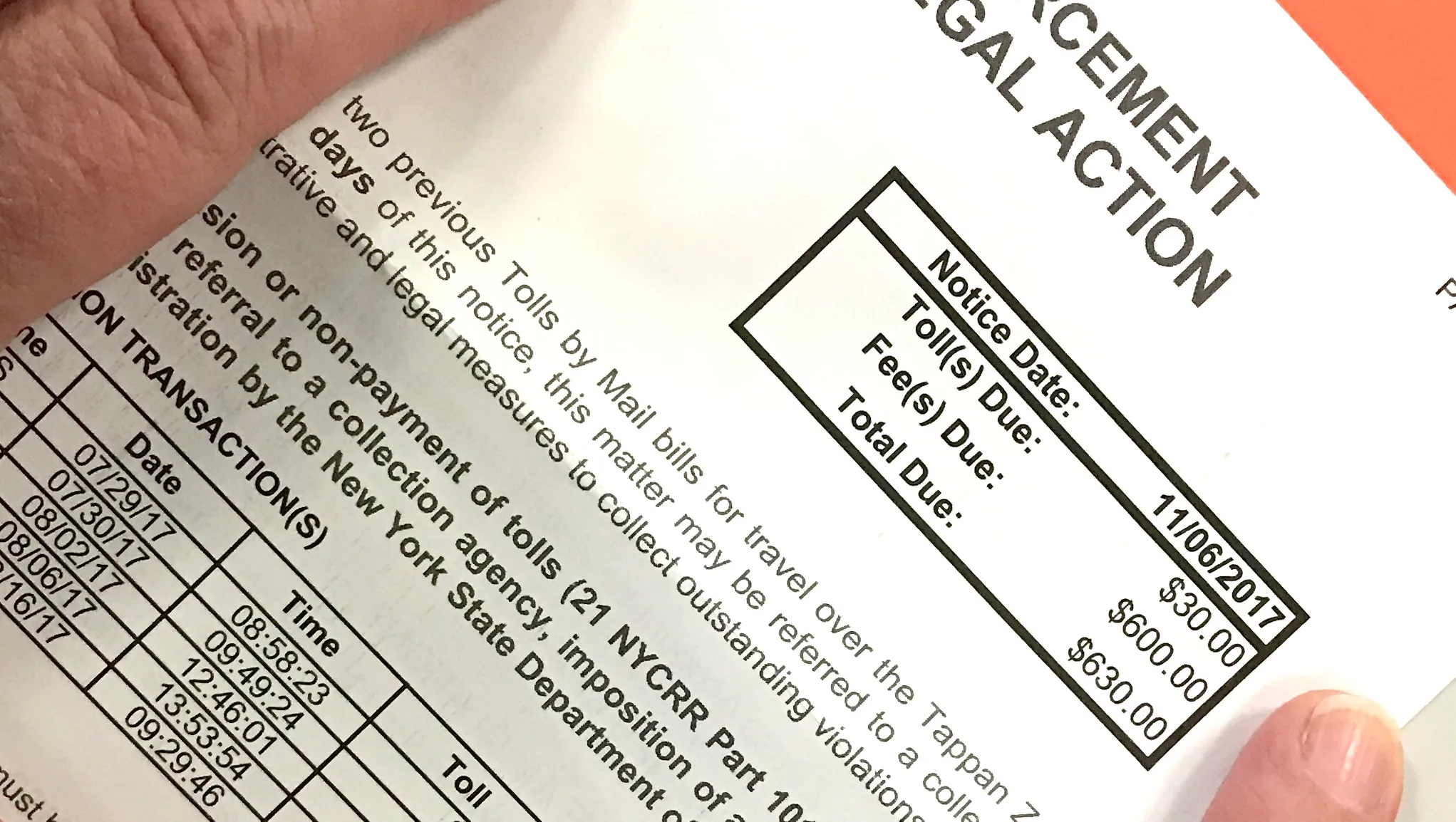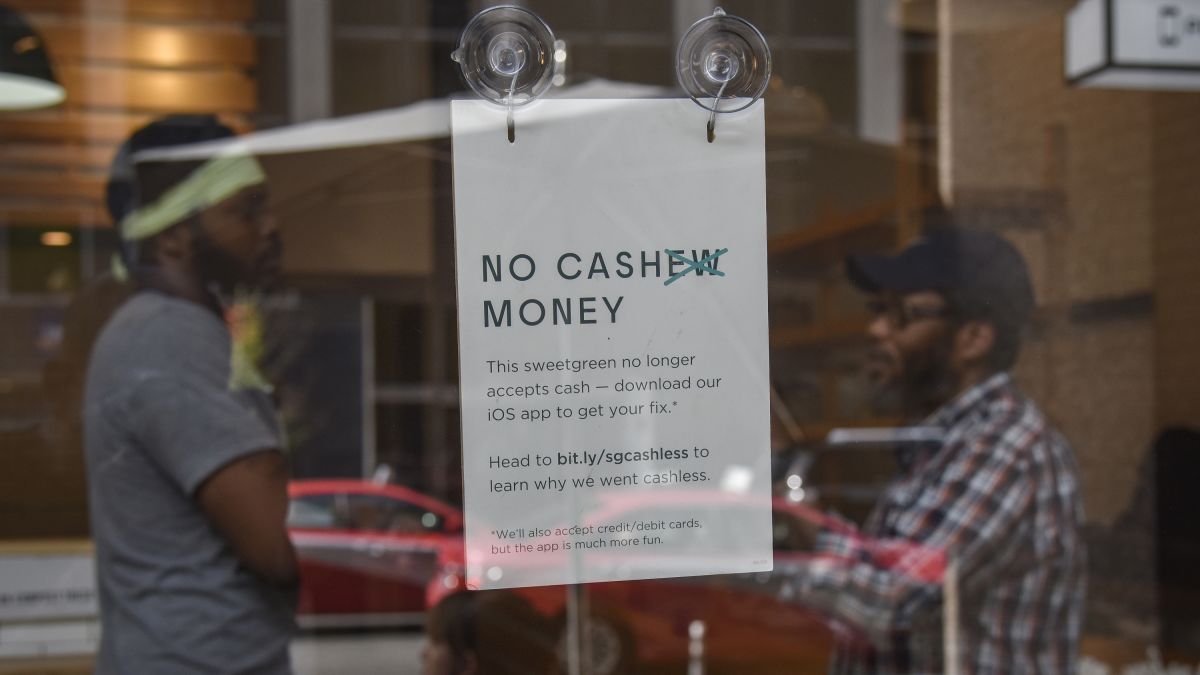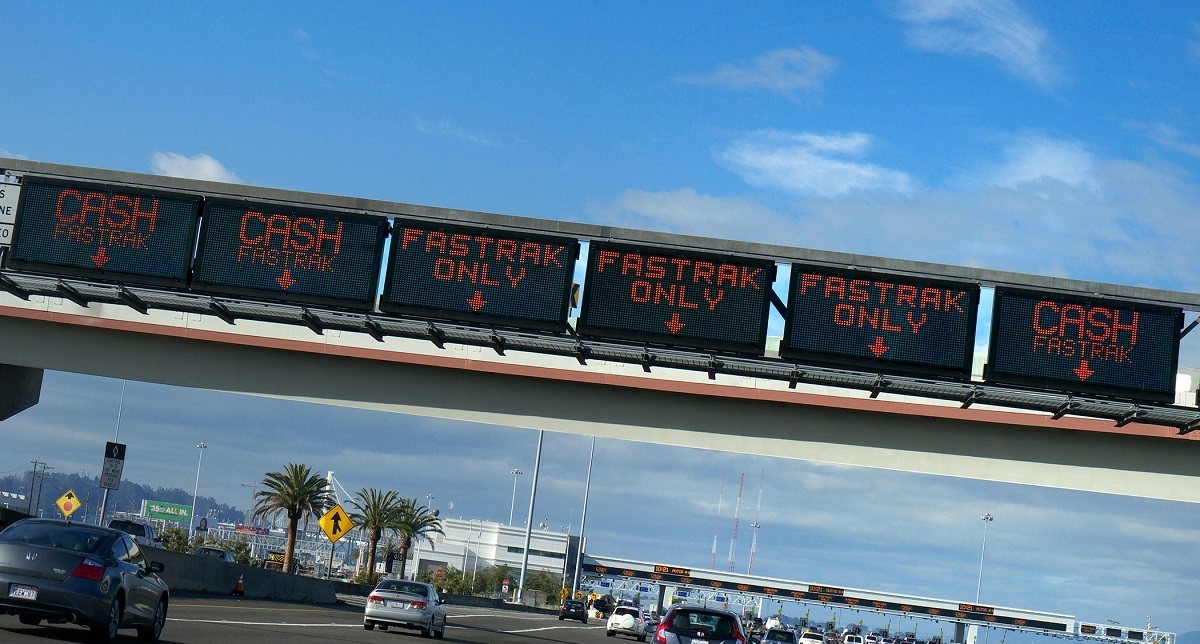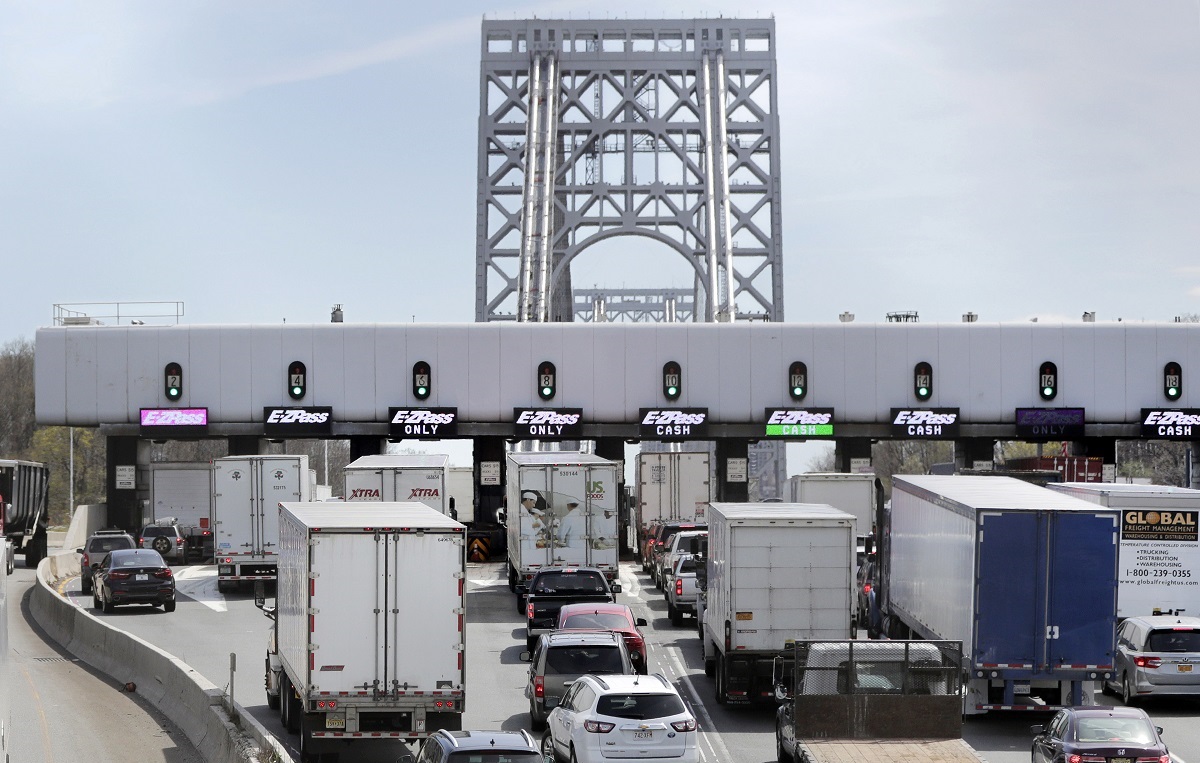Introduction
Welcome to the digital age, where technology continues to revolutionize every aspect of our lives. From communication to entertainment, the digital era has transformed how we interact with the world, including how we handle our financial transactions. Gone are the days of carrying wallets stuffed with cash and fumbling for correct change. The rise of cashless payments has brought about a new era of convenience, security, and efficiency.
In recent years, the concept of going cashless has gained tremendous popularity and acceptance worldwide. The use of credit and debit cards, mobile payment apps, and digital wallets has become increasingly common, offering a seamless and hassle-free way to make payments. But what exactly does it mean to go cashless? Simply put, it entails conducting transactions without the use of physical cash, relying instead on electronic modes of payment.
This article aims to explore the numerous benefits of embracing a cashless society. By shedding light on the advantages of adopting digital payment methods, we can gain a deeper understanding of why going cashless is not only a practical choice but also a transformative step toward the future of finance.
Over the next few sections, we will delve into the convenience and security, efficiency and speed, reduced costs, environmental impact, global accessibility, improved record-keeping, and promotion of financial inclusion that going cashless offers. With each benefit, we’ll unpack the ways in which this digital shift is reshaping our financial landscape.
Buckle up as we embark on a journey to uncover the numerous advantages that come with leaving cash behind and embracing the convenience of digital transactions. Let’s dive into the exciting world of cashless payments and explore why this trend is here to stay.
Convenience and Security
One of the primary reasons to go cashless is the unparalleled convenience it offers. Carrying cash can be a burdensome task, especially when it comes to making large purchases or travelling. In a cashless society, all you need is your smartphone or a credit/debit card to make a payment, eliminating the need for cash transactions. With a few taps on your device, you can complete a purchase in seconds, making the checkout process faster and more efficient.
Moreover, when you go cashless, you no longer have to worry about running out of change or dealing with the hassle of finding an ATM. Digital payment methods provide the convenience of making transactions anytime, anywhere, without the limitations imposed by physical currency.
Besides convenience, going cashless also enhances security. Carrying cash puts you at risk of theft or loss. In contrast, digital payments provide a more secure way to make transactions. With features like encryption and biometric authentication, payment platforms ensure that your financial information remains protected. In addition, the ability to track your transactions electronically provides a layer of security and transparency, allowing you to monitor your expenses and detect any fraudulent activity quickly.
It’s worth noting that contactless payment methods have become increasingly popular in recent times, contributing to the boost in cashless transactions. Contactless technologies, such as near-field communication (NFC) and quick response (QR) codes, offer a seamless and secure way to make payments. By simply tapping your card or scanning a code, you can complete a transaction without the need for physical contact, reducing the risk of germs and viruses being spread.
Overall, the convenience and security provided by going cashless are undeniable. With easy access to digital payment methods and robust security features, individuals can enjoy a more efficient and worry-free financial experience. The transition to a cashless society not only simplifies everyday transactions but also ensures the safety of your hard-earned money.
Efficiency and Speed
One of the major advantages of going cashless is the significant improvement in transaction efficiency and speed. Traditional cash transactions often involve time-consuming processes such as counting money, providing change, and waiting for approval. However, in a cashless society, these delays are eliminated, leading to a more streamlined and efficient payment experience.
With digital payment methods, transactions can be completed in a matter of seconds. Whether you’re making an online purchase or paying at a point-of-sale terminal, the entire process is fast and seamless. This not only saves time for both consumers and merchants but also allows businesses to serve more customers, boosting productivity and revenue.
Furthermore, going cashless enables instant fund transfers between individuals and businesses. Gone are the days of writing checks or waiting for bank transfers to clear. With digital payment platforms, money can be sent and received in real-time. Whether it’s splitting a bill with friends, paying a freelancer for their services, or making an urgent payment, digital transactions offer unparalleled speed and convenience.
Another aspect of efficiency associated with going cashless is the elimination of manual paperwork. With digital payment records, both individuals and businesses can easily access and track their financial transactions. This eliminates the need for keeping physical receipts and manually reconciling accounts. Digital receipts and transaction history can be easily retrieved, simplifying financial management and reducing the risk of errors.
In addition, the efficiency of cashless payments extends to the settlement and reconciliation processes. For businesses, digital transactions seamlessly integrate with accounting software, automating the recording and reconciliation of transactions. This eliminates the manual entry of data and reduces the chances of human errors, leading to more accurate and efficient financial reporting.
Overall, going cashless significantly enhances transaction efficiency and speed. By eliminating the need for physical cash, digital payment methods provide a seamless and quick payment experience that saves time for both individuals and businesses. The ability to instantly transfer funds and access transaction records further contributes to the overall efficiency of cashless transactions.
Reduced Costs
Embracing a cashless society can lead to significant cost savings for both individuals and businesses. The use of digital payment methods eliminates various expenses associated with handling physical cash.
For individuals, going cashless means avoiding ATM fees and the inconvenience of searching for an ATM that accepts their bank cards. With digital payments, you can make purchases directly using your debit or credit card, without incurring any additional fees. This saves money in the long run, as ATM fees can quickly add up over time.
In addition, cashless transactions reduce the risk of losing or misplacing money. Losing physical cash can result in a complete loss of funds, with no way to recover them. On the other hand, digital payment methods provide a secure and traceable way to make purchases. In the event of a lost or stolen card, most financial institutions offer fraud protection and reimbursements for unauthorized transactions, minimizing financial losses for individuals.
Businesses can also benefit significantly from going cashless. Handling physical cash involves additional costs, including cash counting machines, secure storage, and employee training on counterfeit detection. By eliminating cash transactions, businesses can save on these operational expenses and allocate resources more efficiently.
Furthermore, cashless transactions reduce the risk of cash handling errors. Cashiers and employees no longer need to spend time counting cash, providing change, or reconciling the cash register at the end of the day. This minimizes human errors, such as miscounting money or giving incorrect change, leading to more accurate financial records and less financial discrepancies.
Another cost-saving aspect of going cashless is the reduction in the risk of counterfeit money. Accepting cash payments comes with the constant threat of counterfeit currency, which can result in significant losses for businesses. By relying on digital payment methods, businesses can eliminate this risk and protect their revenue.
In summary, embracing a cashless society brings about significant cost savings for individuals and businesses alike. The elimination of ATM fees, reduced risk of losing money, savings on cash handling expenses, and decreased risk of counterfeit currency all contribute to a more cost-effective financial landscape.
Environmental Impact
Going cashless not only offers various conveniences and cost savings but also has a positive impact on the environment. The transition to digital transactions brings about several benefits in terms of sustainability and reduced ecological footprint.
One of the most significant environmental advantages of going cashless is the reduction in paper usage. Physical cash relies heavily on paper currency, which is derived from trees. By decreasing the demand for physical cash, we can minimize deforestation and preserve natural resources. Additionally, the production and transportation of paper currency consume energy and contribute to greenhouse gas emissions. Utilizing digital payment methods mitigates this environmental impact by reducing the need for paper money.
Furthermore, digital transactions reduce the usage of other resources, such as metals used in coin production. Coins require mining and refining processes that have various environmental implications, including habitat destruction and water pollution. By transitioning to cashless payments, we can reduce the demand for coins, leading to a more sustainable use of limited resources.
Another environmental benefit of going cashless is the reduction in carbon emissions associated with transportation. Physical cash requires constant movement between banks, ATMs, and businesses. This transportation contributes to carbon emissions from vehicles and increases the overall carbon footprint. With cashless transactions, the need for physical movement of money is minimized, leading to a decrease in carbon emissions and a more sustainable transportation system.
Moreover, digital payment methods align with the growing trend of remote and virtual operations. The COVID-19 pandemic has accelerated the adoption of online shopping and remote work, reducing the need for physical stores and office spaces. This shift to digital transactions reduces the carbon footprint associated with commuting and powering brick-and-mortar establishments. It also enables the use of cloud-based services, which are more energy-efficient compared to traditional infrastructure.
Overall, going cashless has a positive environmental impact by reducing paper and metal usage, minimizing carbon emissions from transportation, and supporting virtual operations. By embracing digital payment methods, we can play a part in creating a more sustainable future while enjoying the convenience and efficiency they offer.
Global Accessibility
Going cashless paves the way for enhanced global accessibility to financial services, particularly in underserved areas. Traditional banking systems often have limitations in terms of reaching remote regions, making it difficult for people in these areas to access basic financial services.
With digital payment methods, individuals no longer need to rely on physical bank branches or ATMs to conduct financial transactions. Mobile payment apps and digital wallets can be accessed from anywhere with an internet connection, providing a level of financial inclusivity that was once unimaginable.
In regions where access to banking infrastructure is limited, digital payments offer a lifeline. Mobile-based financial services, such as mobile money, have transformed the lives of people in underserved areas, enabling them to send and receive money, make payments, and access other financial services through their mobile devices.
Furthermore, the widespread adoption of smartphones and internet connectivity has further accelerated the accessibility of digital payments. Even in remote areas, the availability of affordable smartphones and increasing internet penetration has bridged the gap and provided individuals with the means to participate in the digital economy.
Going cashless also brings significant benefits to tourists and travelers. Instead of dealing with currency exchange and the hassle of carrying cash in different currencies, tourists can rely on digital payment methods to make transactions in any country. Digital wallets and international payment platforms allow individuals to make seamless transactions without the need for physical currencies, making travel more convenient and hassle-free.
In addition to ease of use, digital payment methods also contribute to financial inclusion by providing a way for individuals without access to traditional banking systems to build a financial identity. By utilizing digital payment platforms, individuals can establish a transaction history, which can be leveraged to access financial services such as loans and insurance.
Overall, the global accessibility offered by going cashless has the potential to transform the lives of individuals, particularly those in underserved areas, by providing them with access to basic financial services. The democratization of digital payments empowers individuals and opens doors to economic opportunities that were once out of reach.
Improved Record-Keeping
One of the significant benefits of going cashless is the improvement in record-keeping for individuals and businesses. Traditional cash transactions often lack an organized and reliable way to track and manage financial records. However, with digital payment methods, record-keeping becomes more efficient and accurate.
When transactions occur digitally, a digital trail is created, providing a detailed record of each transaction. This digital trail can be easily accessed and reviewed, making it easier to track expenses, reconcile accounts, and prepare financial reports.
For individuals, digital payment platforms provide a comprehensive view of their spending habits and patterns. Transaction histories and statements can be easily retrieved, giving individuals a clear understanding of their financial health. This insight allows for better budgeting, expense management, and financial planning.
Businesses also benefit greatly from improved record-keeping made possible by going cashless. Digital transactions seamlessly integrate with accounting software, ensuring accurate and real-time recording of transactions. By automating this process, businesses can eliminate errors and reduce the time and resources required for manual data entry.
Improved record-keeping also simplifies the process of tax reporting and compliance. Digital transactions leave a clear and auditable trail, making it easier for individuals and businesses to provide accurate financial records to tax authorities as and when required.
Additionally, digital payment methods provide the option to generate and receive digital receipts. This eliminates the need for paper receipts, reducing paper waste and promoting a more sustainable approach to record-keeping.
Going cashless also enables individuals and businesses to harness the power of financial management tools and apps. These tools can provide insights and analysis on spending patterns, allowing individuals to identify areas where they can save money and make more informed financial decisions. For businesses, such tools facilitate cash flow management, inventory tracking, and financial forecasting.
Overall, the transition to digital payments brings about improved record-keeping capabilities, providing individuals and businesses with better control over their financial transactions. The ability to access transaction histories, automate accounting processes, and utilize financial management tools enhances financial planning, transparency, and compliance.
Promoting Financial Inclusion
One of the most transformative aspects of going cashless is its ability to promote financial inclusion, ensuring that everyone, regardless of their economic status, has access to essential financial services.
In many parts of the world, a significant portion of the population remains unbanked or underbanked, meaning they do not have access to formal banking services. This lack of access can hinder individuals from participating fully in the formal economy, limiting their opportunities for growth and development.
Digital payment methods, such as mobile banking and digital wallets, have emerged as powerful tools in bridging this gap. By allowing individuals to conduct financial transactions through their mobile devices, even without a traditional bank account, digital payments provide a pathway for financial inclusion.
The integration of digital payment infrastructure with mobile technology is particularly impactful in developing regions where smartphone penetration is rising rapidly. Mobile-based financial services give individuals the ability to save, send and receive money, pay bills, and access other financial products and services, all from the convenience of their mobile devices.
Furthermore, digital payment platforms enable individuals to build a financial identity, which is essential for accessing credit and other financial services. By utilizing digital transactions, individuals can establish a transaction history that traditional banking systems often require when assessing creditworthiness.
Additionally, digital payment methods can empower small businesses and entrepreneurs. Cashless transactions provide a platform for micro-businesses to accept digital payments, expanding their customer reach and enabling them to participate in the formal economy. This opens up new opportunities for growth, investment, and financial stability.
Digital payments also have the potential to address the gender gap in financial inclusion. Women, particularly in developing countries, face unique challenges in accessing financial services. Digital payment methods can provide a safe and convenient alternative, allowing women to save money, receive payments, and engage in economic activities without the barriers they may encounter in traditional banking systems.
Moreover, the rise of mobile-based financial services has the potential to reach individuals in remote and underserved areas. By leveraging existing mobile network infrastructures, digital payment providers can extend their services to areas where physical branches are non-existent or limited. This helps to break down geographical barriers and ensures that no one is left behind in the financial ecosystem.
In summary, going cashless promotes financial inclusion by providing accessible and convenient financial services to individuals who are unbanked or underbanked. By embracing digital payment methods, we can create a more inclusive financial system that empowers individuals, businesses, and communities, fostering economic growth and reducing inequalities.
Conclusion
The shift towards a cashless society brings with it a plethora of advantages that enhance convenience, security, efficiency, cost-effectiveness, environmental sustainability, global accessibility, improved record-keeping, and financial inclusion. By embracing digital payment methods, individuals and businesses can enjoy a seamless, secure, and efficient means of conducting financial transactions.
The convenience of going cashless eliminates the need for carrying physical cash, providing a faster and more efficient way to make payments. With the increasing prevalence of contactless payment technologies, transactions can be completed with a simple tap or scan, further enhancing the ease of use.
In terms of security, digital payment methods offer robust encryption and biometric authentication, ensuring the safety of sensitive financial information. The ability to track transactions electronically facilitates quick detection of fraudulent activities, providing peace of mind for consumers and merchants.
Going cashless also results in reduced costs for both individuals and businesses. Eliminating the need for physical cash and its associated expenses, such as ATM fees and cash handling fees, leads to significant savings. Businesses can streamline operations, reduce errors, and cut down on expenses related to cash management.
The environmental impact of embracing digital payments cannot be overlooked. Moving away from physical cash reduces paper usage, metal consumption, and carbon emissions associated with transportation. By promoting virtual operations and reducing reliance on physical stores, digital payments contribute to a more sustainable approach to commerce.
Furthermore, the global accessibility offered by going cashless ensures that financial services are available to all, including those in underserved areas. Digital payment methods empower individuals by granting access to essential financial services, enabling financial inclusion, and driving economic growth.
Improved record-keeping is another notable advantage of going cashless. Digital transactions provide a transparent and organized way to track expenses, manage budgets, and reconcile accounts. Businesses can benefit from automated accounting processes, accurate financial reporting, and improved compliance.
In conclusion, the shift towards a cashless society brings myriad benefits that enhance the way we conduct financial transactions. The convenience, security, efficiency, cost-effectiveness, environmental sustainability, global accessibility, improved record-keeping, and financial inclusion offered by going cashless make it an increasingly attractive and transformative choice. Embracing digital payment methods not only simplifies our financial lives but also contributes to a more inclusive, sustainable, and connected world.







